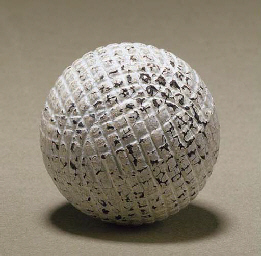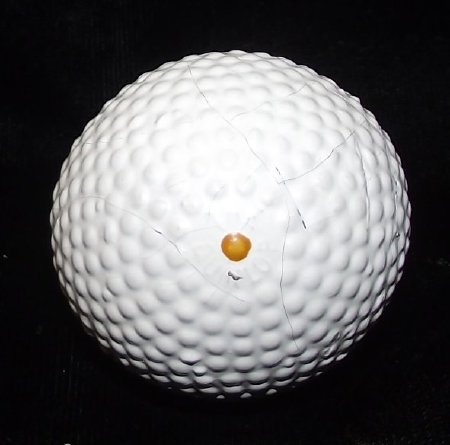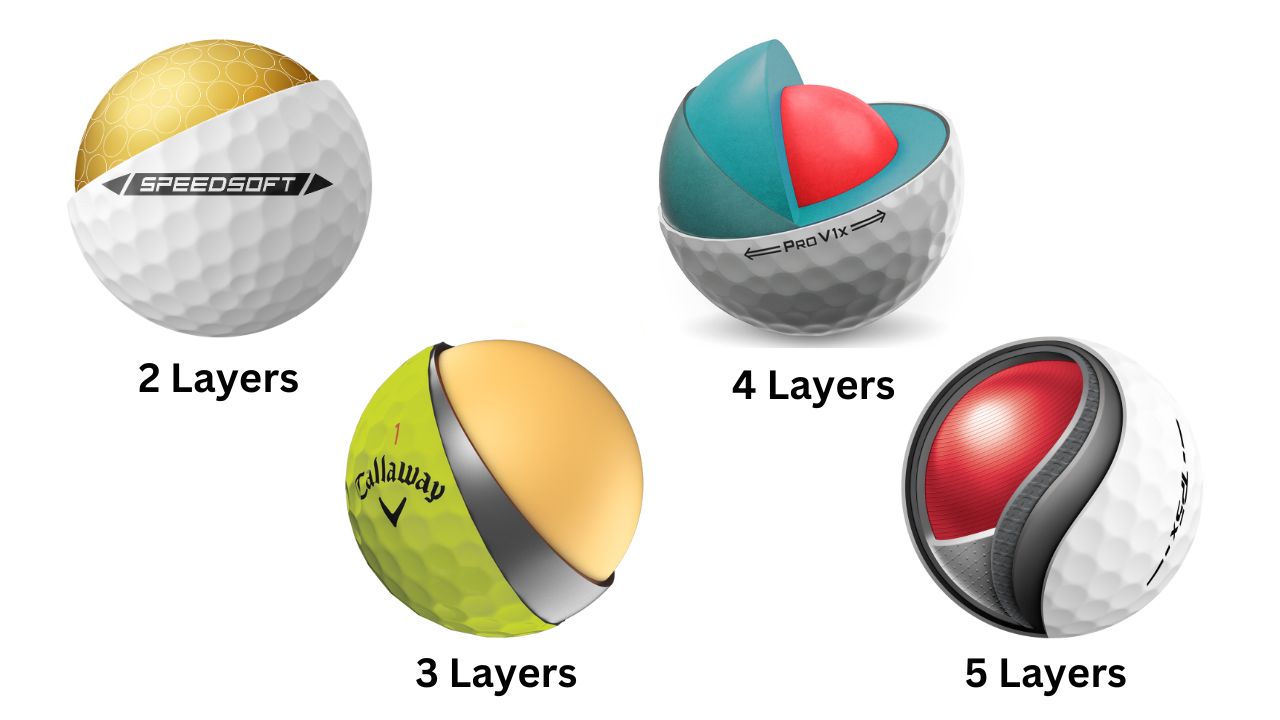The Evolution of Golf Balls: From Feathers to Modern Polymers
Posted by Knicks, Links, & Inks Publishing on Oct 15th 2023
The history of golf is as much about the evolution of the ball as it is about the courses and the players. The golf ball has undergone significant changes, from the early feather-stuffed spheres to the high-tech, multi-layered balls used by today’s professionals. This post explores the fascinating journey of golf ball development, examining how each innovation has impacted the game.
The Featherie: A Handcrafted Marvel
In the early days of golf, around the 15th century, the featherie ball was the standard. This handcrafted marvel consisted of a leather pouch filled with boiled feathers, typically from geese.
Key Characteristics of the Featherie:
- Construction: A leather pouch was stitched together and then stuffed with feathers while still wet. As the feathers dried, they expanded, making the ball hard.
- Performance: The featherie could travel greater distances than its predecessors (wooden balls), but it was highly susceptible to weather conditions and damage.
- Production: Making a featherie was labor-intensive, with skilled craftsmen able to produce only a few balls per day. This made them expensive and prized possessions among golfers.
Impact on the Game:
- The featherie's improved flight characteristics allowed for longer shots, influencing the design of courses and the way the game was played.
- The cost and fragility of the featherie meant that golf was primarily a sport for the wealthy.
The Gutta-Percha: The Game Changer
The mid-19th century saw the introduction of the gutta-percha ball, named after the material derived from the sap of the Malaysian sapodilla tree. Dr. Robert Adams Paterson is credited with popularizing this innovation around 1848.
Key Characteristics of the Gutta-Percha:
- Construction: The gutta-percha ball was made by heating the sap to soften it, then molding it into a spherical shape.
- Durability: Unlike the featherie, the gutta-percha ball was more durable and less affected by moisture.
- Cost: It was cheaper to produce, making golf more accessible to a broader audience.
Performance Enhancements:
- Hand-Hammered Dimples: Initially, gutta-percha balls were smooth, but players discovered that balls with surface imperfections traveled further. This led to the practice of hand-hammering dimples into the surface to improve aerodynamics.
- Standardization: The gutta-percha ball allowed for more consistent manufacturing, leading to more standardized play.
Impact on the Game:
- The increased durability and affordability of the gutta-percha ball democratized golf, opening it up to a wider population.
- Course design began to change, with longer holes becoming more common due to the ball's improved performance.
The Rubber-Core Ball: Modernizing the Game
In 1898, Coburn Haskell introduced the rubber-core ball, a significant advancement that would shape the future of golf.
Key Characteristics of the Rubber-Core Ball:
- Construction: A solid rubber core was wound with rubber thread and encased in a gutta-percha cover.
- Performance: The rubber-core ball offered greater elasticity, leading to increased distance and a more consistent flight path.
- Durability: The introduction of synthetic rubber and improved manufacturing processes enhanced the ball's durability and performance.
The Birth of the Modern Golf Ball:
- Dimples: Engineers began to understand the science behind dimples, optimizing their design to reduce drag and increase lift, further improving the ball's flight.
- Standardization: The size and weight of golf balls became more standardized, leading to more uniform play and fairer competition.
Impact on the Game:
- The increased distance and control provided by the rubber-core ball revolutionized the sport, making it more exciting and challenging.
- Equipment manufacturers began to focus more on innovation, leading to rapid advancements in club and ball technology.
The Multi-Layer Ball: Precision and Performance
The late 20th century and early 21st century saw the development of multi-layer balls, which combine various materials to optimize performance for different aspects of the game.
Key Characteristics of Multi-Layer Balls:
- Construction: Modern balls often have multiple layers, including a soft outer cover (usually urethane), an intermediate layer, and a solid or liquid core.
- Performance: These layers are designed to provide a balance of distance, spin, and control. The outer layer offers better grip on the clubface for increased spin and control, while the inner layers maximize energy transfer for longer distances.
- Customization: Different models cater to various playing styles and preferences, from high-spin balls for better control to low-spin balls for maximum distance.
Technological Innovations:
- Computer Modeling: Advances in computer modeling and testing have allowed manufacturers to design balls with optimized dimple patterns and material compositions.
- Materials Science: The development of new materials, such as advanced polymers and composites, has enhanced the performance characteristics of golf balls.
Impact on the Game:
- The precision and performance of modern balls have led to more aggressive playing styles and the ability to execute complex shots with greater consistency.
- Professional golfers can tailor their equipment to their specific needs, leading to higher levels of competition and more spectacular play.
The evolution of golf balls from featheries to modern multi-layered marvels is a testament to the ingenuity and relentless pursuit of excellence in the sport. Each phase of development has brought significant changes, not only in how the game is played but also in who plays it and how courses are designed. As technology continues to advance, we can expect further innovations that will push the boundaries of what is possible in golf. The journey of the golf ball is far from over, and its legacy will continue to shape the sport for generations to come.




